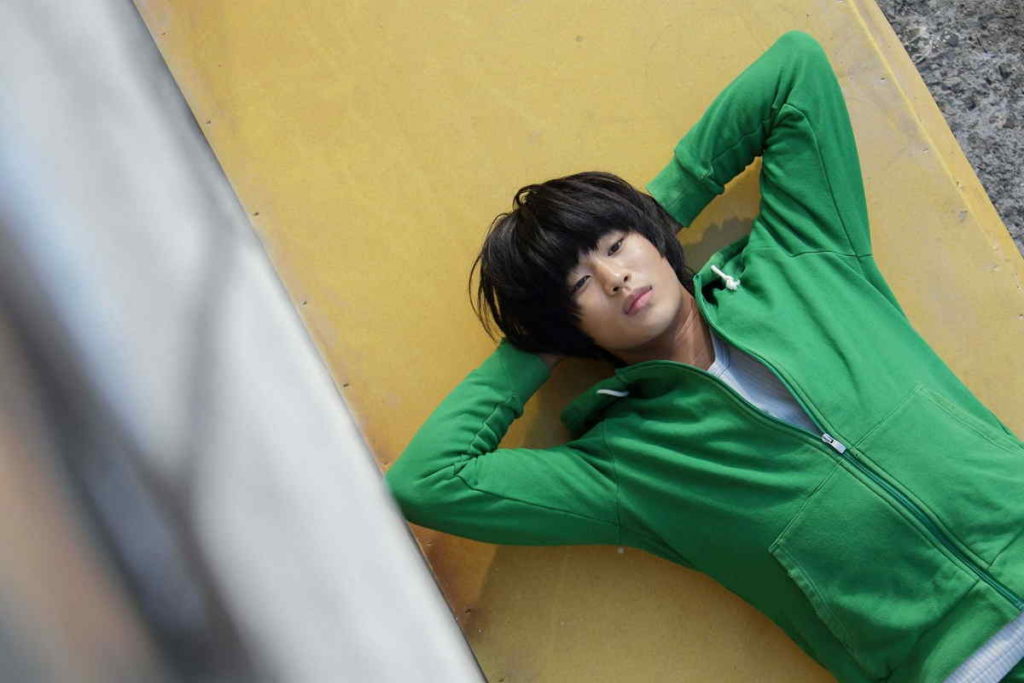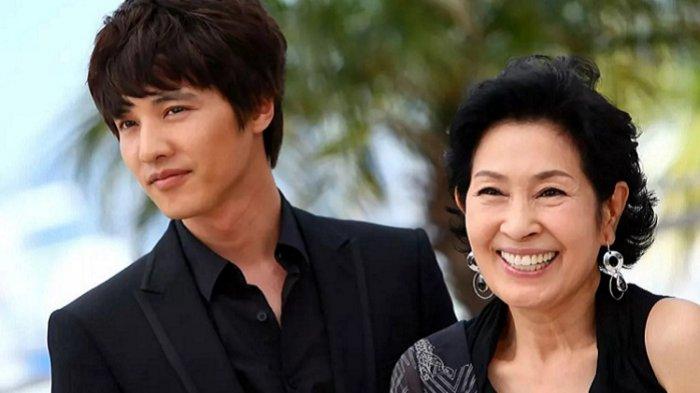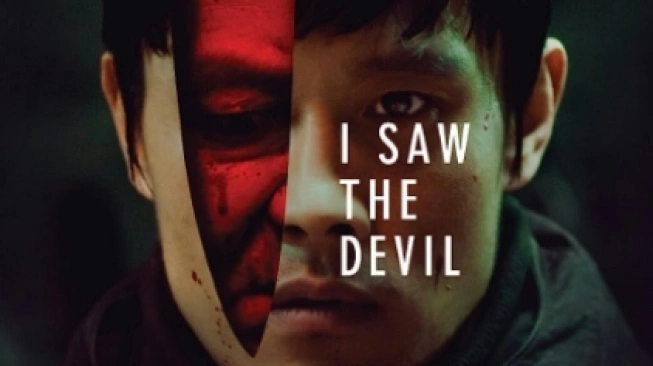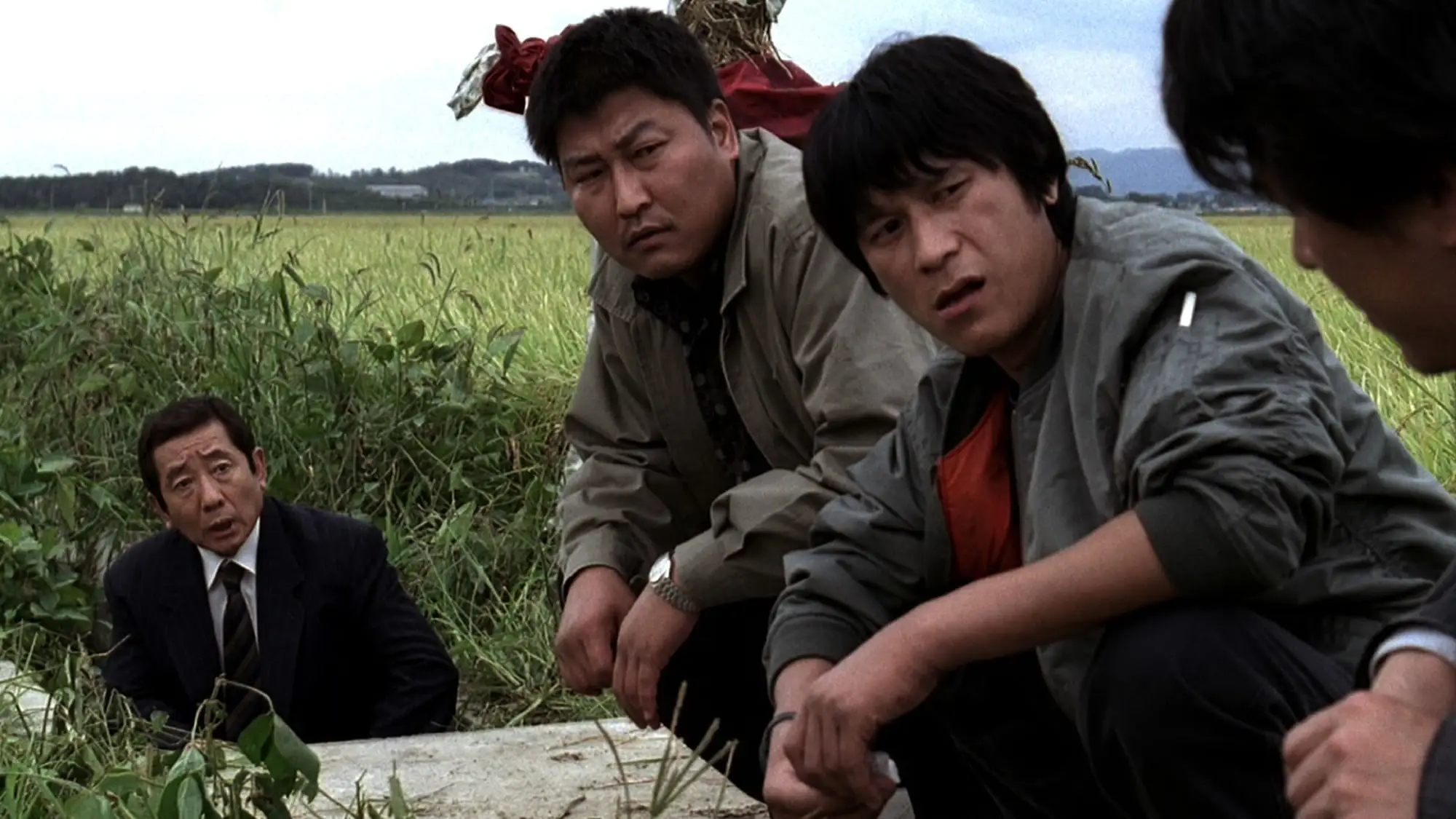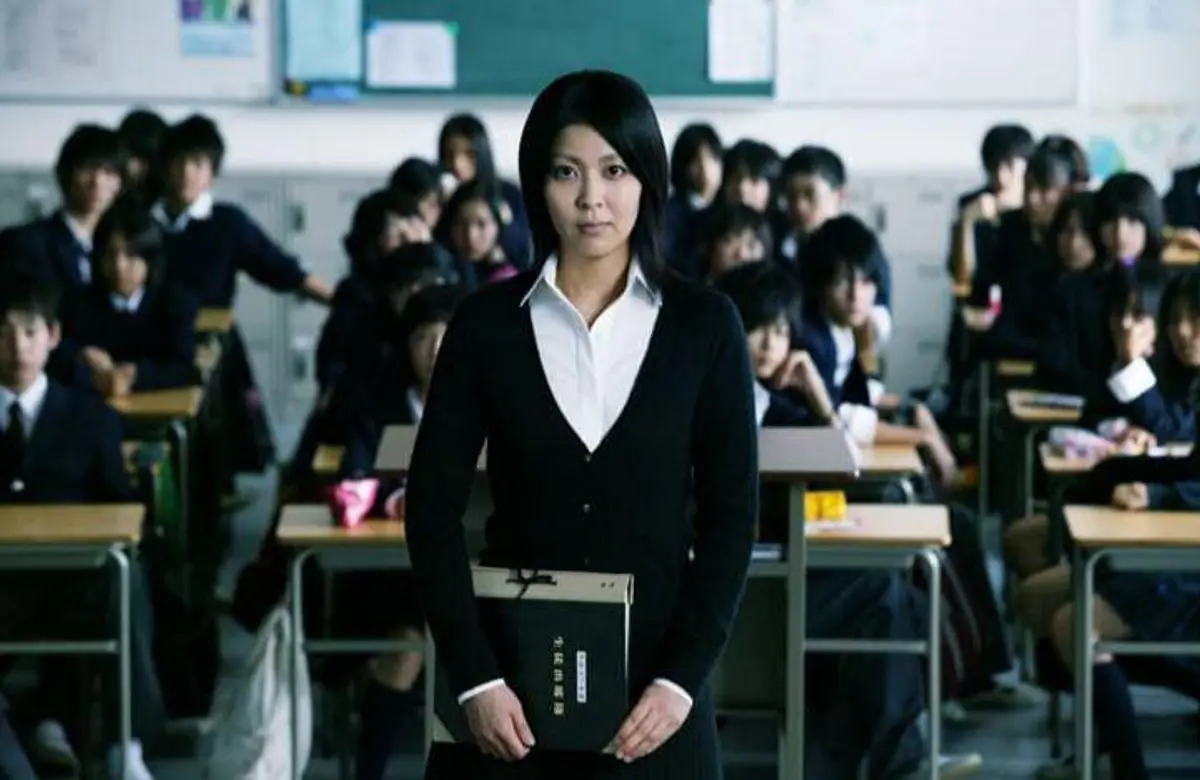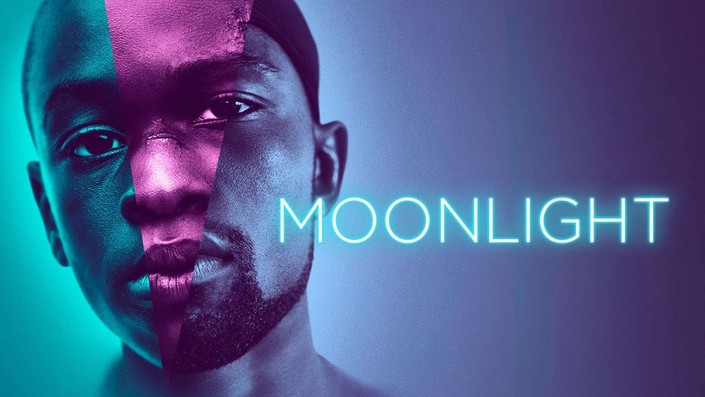
When talking about films that leave a lasting emotional impact, the Moonlight movie always finds its place in the conversation. Directed by Barry Jenkins, this film is not only visually stunning but also emotionally powerful. It dives deep into themes of identity, love, and self-discovery in a way that feels raw and deeply human. The Moonlight movie became a cultural touchstone after its release, reminding audiences that cinema has the power to transform perspectives and spark meaningful conversations.
The Story of Moonlight Movie
At its heart, the Moonlight movie tells the coming-of-age story of Chiron, a young Black man growing up in Miami. His journey is divided into three chapters, each representing a stage in his life, childhood, adolescence, and adulthood. Through these stages, the film explores his struggles with identity, masculinity, and sexuality.
What makes the Moonlight movie so unique is its focus on vulnerability. Chiron’s journey isn’t about grand moments of action but rather about quiet, intimate experiences that shape who he becomes. This approach allows audiences to connect with him on a deeply personal level.
Read More: The Revenant Movie: A Journey of Survival and Revenge
Barry Jenkins’ Vision
The brilliance of the Moonlight movie comes largely from Barry Jenkins’ direction. His storytelling approach is subtle yet powerful. Instead of relying on dramatic confrontations, Jenkins uses silence, glances, and tender moments to convey emotions.
This minimalist style gives the Moonlight movie a poetic quality. Every scene feels intentional, from the lighting to the camera angles. Jenkins’ vision helped create a film that doesn’t just tell a story but immerses the audience in its atmosphere.
Read More: The Genius of the Parasite Movie
The Three Chapters of Moonlight Movie
The structure of the Moonlight movie is one of its defining elements. By dividing Chiron’s life into three parts, the film highlights how identity evolves over time.
In the first chapter, we see “Little,” a shy child struggling with bullying and a complicated home life. The second chapter follows teenage Chiron, navigating the challenges of adolescence and his awakening feelings. The final chapter presents him as an adult, hardened by life but still searching for connection.
This triptych format makes the Moonlight movie stand out. Instead of showing a single snapshot, it captures an entire evolution, allowing the audience to witness the impact of time, trauma, and tenderness.
Read More: Exploring the Depths of Film Inception
The Role of Identity in Moonlight Movie
One of the most powerful themes in the Moonlight movie is identity. Chiron spends much of his life trying to understand who he is in a world that doesn’t always accept him. From his nickname “Little” to his later persona as “Black,” each stage reflects how others perceive him and how he perceives himself.
The film explores how identity is not fixed but shaped by relationships, environment, and personal experiences. This makes the Moonlight movie deeply relatable to anyone who has ever questioned where they fit in.
Read More: Discovering the Unique Charm of V BTS
The Performances That Defined Moonlight Movie
The acting in the Moonlight movie is extraordinary. Three different actors portray Chiron at different stages, yet they all manage to create a seamless character arc. Alex R. Hibbert plays the young Chiron, Ashton Sanders takes on the teenage years, and Trevante Rhodes embodies the adult version.
Together, they bring Chiron’s journey to life in a way that feels authentic and moving. Supporting performances, especially Mahershala Ali as Juan and Naomie Harris as Chiron’s mother, add even more depth to the Moonlight movie. Ali’s role was so impactful that it earned him an Academy Award for Best Supporting Actor.
Visual Language of Moonlight Movie
The cinematography in the Moonlight movie is breathtaking. James Laxton, the director of photography, uses vibrant colors and creative lighting to capture emotion. The blue tones, in particular, symbolize both vulnerability and strength throughout the film.
This visual storytelling makes the Moonlight movie feel like more than just a film. Every frame is carefully composed, making it both visually stunning and emotionally resonant.
The Role of Music in Moonlight Movie
Music plays an essential part in the Moonlight movie. Nicholas Britell’s score combines classical elements with modern sounds, creating a haunting and beautiful atmosphere. The music doesn’t overpower the story but enhances it, reflecting Chiron’s inner world.
From soft piano melodies to stirring orchestral pieces, the soundtrack of the Moonlight movie lingers in the mind long after the credits roll. It is one of the key elements that contribute to the film’s emotional power.
Moonlight Movie and Masculinity
Another important theme in the Moonlight movie is masculinity. Chiron grows up in an environment where strength and toughness are valued. Yet he often feels out of place, sensitive and searching for connection.
The film questions traditional notions of masculinity, showing that vulnerability and tenderness are just as powerful. By doing so, the Moonlight movie challenges stereotypes and offers a more nuanced portrayal of what it means to be a man.
The Love Story in Moonlight Movie
At its core, the Moonlight movie is also a love story. Chiron’s relationship with Kevin is central to the narrative. Their connection evolves from childhood friendship to a deeper bond in adulthood.
The tenderness of their interactions offers Chiron a sense of acceptance that he struggles to find elsewhere. The love story in the Moonlight movie is subtle yet deeply moving, showing how even brief moments of intimacy can shape a person’s life.
Moonlight Movie and Cultural Impact
The release of the Moonlight movie was a turning point in Hollywood. It became one of the first mainstream films to focus on the intersection of Black identity and queer identity with such honesty.
Its success challenged industry norms, proving that audiences are hungry for diverse and authentic stories. The Moonlight movie opened doors for more inclusive storytelling in cinema, making it a milestone in film history.
Awards and Recognition
The Moonlight movie earned critical acclaim worldwide. It won the Academy Award for Best Picture in one of the most memorable Oscar moments in history. Beyond that, it also received awards for Best Adapted Screenplay and Best Supporting Actor.
The recognition highlighted not just the talent involved but also the importance of the story being told. The Moonlight movie became a symbol of progress in the film industry.
Moonlight Movie and Representation
Representation matters, and the Moonlight movie proves why. For many audiences, seeing a story about a Black gay man portrayed with such sensitivity was groundbreaking. It gave visibility to voices often overlooked in mainstream cinema.
The film sparked conversations about diversity, inclusion, and the importance of telling stories from different perspectives. The impact of the Moonlight movie goes beyond entertainment, influencing both culture and industry.
The Emotional Core of Moonlight Movie
What stays with viewers long after watching the Moonlight movie is its emotional honesty. The quiet moments of vulnerability, the struggles of identity, and the fleeting connections all combine to create a story that feels deeply human.
The film does not rely on dramatic twists or exaggerated conflicts. Instead, it embraces subtlety, making the emotions feel authentic. This emotional core is what makes the Moonlight movie timeless.
Why Moonlight Movie Still Resonates
Years after its release, the Moonlight movie continues to resonate with audiences. Its themes of identity, love, and self-acceptance are universal. Whether you relate directly to Chiron’s story or not, the emotions it evokes are relatable to everyone.
The Moonlight movie stands as a reminder of the power of cinema to connect people, break barriers, and inspire empathy

